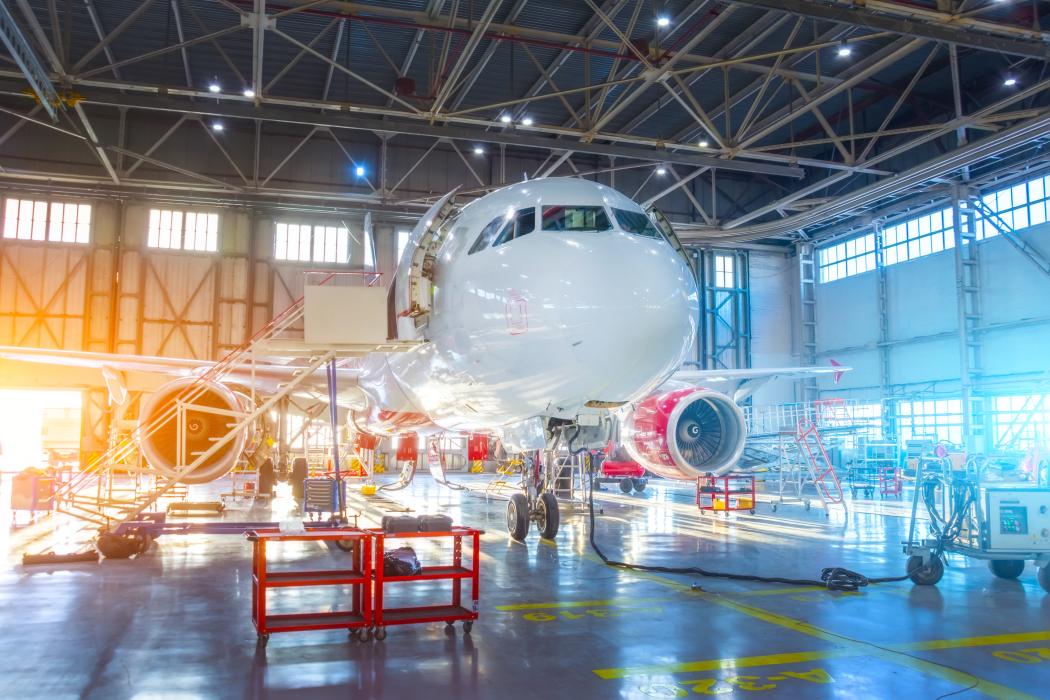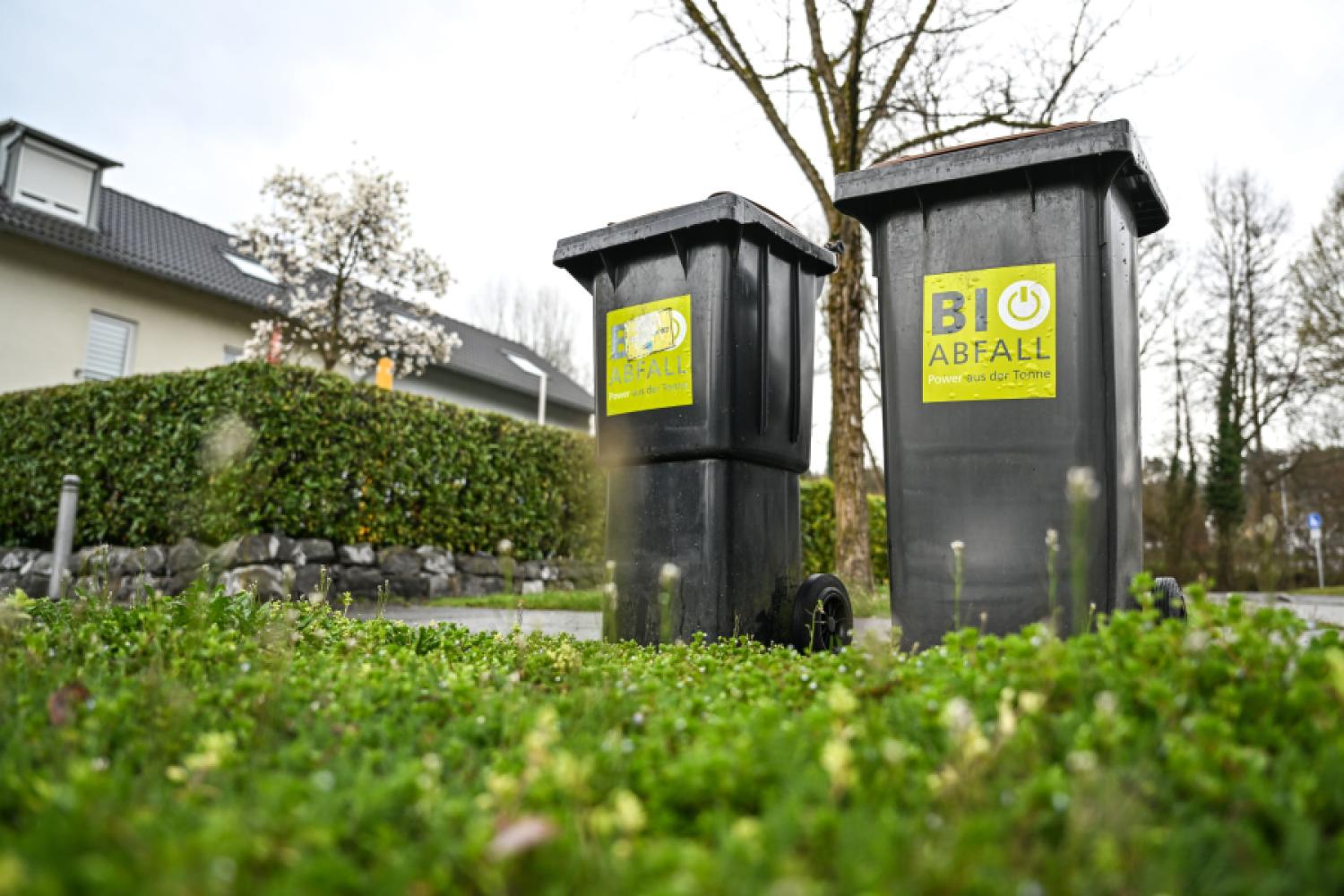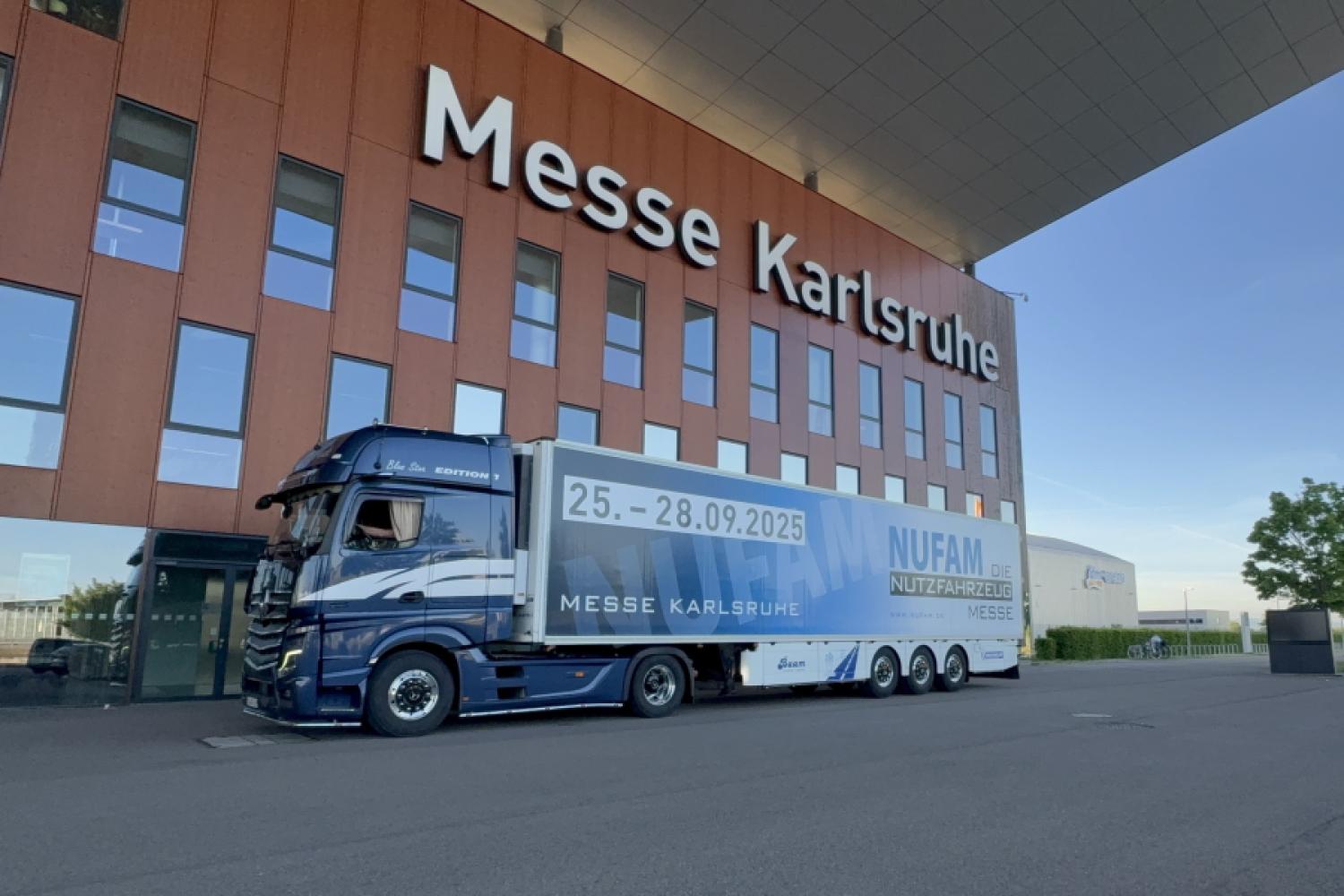The supply chains in the global aerospace industry are stabilizing: Almost 70 percent of companies feel well or very well prepared for the upcoming production increase. This is a significant improvement compared to 2024 (35 percent). However, due to the long lead times in the supply chain, it may take until next year for this to lead to a noticeable production increase, according to the current Aerospace Supply Chain Resilience Report 2025, published by Roland Berger in collaboration with BDLI (Germany), GIFAS (France), and ADS (UK). This is based on a survey of 130 companies operating in the civil and military aerospace sectors.
Half of the suppliers currently have challenges in providing the financial means to adjust their capacities (materials, personnel, working capital) to the planned production ramp-up of manufacturers (OEMs).
Severe supply chain disruptions have decreased significantly compared to 2024, even though two-thirds of the companies in the survey reported still being affected by supply chain disruptions. This stabilization of the supply chain creates favorable conditions for a production acceleration.
“With incremental
adjustments, most companies will not withstand the new economic reality, as the current crisis is too profound compared to previous ones,” said Adrian Pielken, Senior Partner at Roland Berger. “However, our representative survey shows that more and more managers recognize this, and the willingness for drastic changes in the executive ranks is growing. This is encouraging and refutes the common accusation that German companies remain passively like a rabbit in front of a snake. It is no longer about whether to change, but how to change.”
Half of the surveyed companies say they need additional financial resources. These are essential to ramp up production capacities, invest in research and development, or hire additional staff. Tier-2 and Tier-3+ suppliers are particularly affected. In addition, many banks have reduced the amount of capital they provide to smaller suppliers due to their low equity ratios and margins or have even refused loans. According to the Aerospace Supply Chain Resilience Report 2025, restricted access to capital is currently the greatest challenge.
The successful management of financial bottlenecks
in the supply chain is therefore crucial for the industry to continue recovering quickly. Otherwise, OEMs may not be able to realize their planned production ramp-up in the coming years. The pressure on small suppliers due to geopolitical instability and innovation barriers could also have a negative impact.
“The industry is gradually emerging from crisis mode,” said Stephan Baur, Partner at Roland Berger. “However, the path is not without challenges: skills shortages, limited production capacities, and secure financing are currently problem areas. Nevertheless, from our perspective, the companies are more resilient and better prepared.”
“The supply chain needs a much more stable ramp-up planning and demand signals, as well as further financial support from external institutes,” added Dr. Jörg Schuler, CEO of Diehl Aviation and VP Equipment and Materials at BDLI.
Four measures for more resilience in the supply chain
Despite the positive development, the authors of the study believe that further measures are required to secure the supply chains in the long term:
- Industry-wide knowledge transfer: Systematic sharing of best practices along the supply chain to strengthen operational excellence, sustainability, and cybersecurity. This can be done, for example, through the “AeroExcellence International Initiative” by BDLI, GIFAS, and ADS.
- Stable and transparent demand planning: Closer collaboration between OEMs and suppliers for optimal coordination of production and procurement planning.
- Establishment of a sustainable financing structure for Tier-2 and Tier-3+ suppliers: Various financing options should be provided by OEMs (long-term purchase agreements, co-investments, and equity investments), banks (special private debt funds), and government support programs (state guarantees, loan guarantees, investment grants). Independently, suppliers can strengthen their financial position through partnerships with OEMs or other suppliers.
- Improvement of risk management: More professional monitoring and control of risks through the systematic analysis of critical areas for the supply chain, early identification of geopolitical and other risks, and development of successful countermeasures.
“To manage the ramp-up, the Net Zero target, and geopolitical uncertainty, access to capital is crucial for success. Without cooperation, small and medium-sized suppliers will encounter financing hurdles,” said Balaji






